Eye Diseases
Eye Diseases
Management of Eye Disease
Early detection of eye diseases is crucial to maintaining and monitoring eye diseases. At Belmont Eye, we are utilizing the latest technologies and testing methods to detect and manage early forms of macular degeneration, glaucoma, cataracts, keratoconus and many, many more eye issues.
Eye Diseases
Management of Eye Disease
Eye Diseases
Common Eye Issues
Blepharitis is the term for inflammation located in the eyelids. This condition is caused by bacterial infections and skin disorders, including rosacea. In some cases, blepharitis can be caused by meibomian gland dysfunction (MGD). Patients typically experience irritation, itchiness, and redness with dandruff-like scales that form on the eyelashes. The inflammation may affect the inner or outer edge where the eyelashes attach.
Blurry vision is usually caused by refractive errors, including myopia (nearsightedness), hyperopia (farsightedness), and astigmatism. A comprehensive eye exam can determine whether you need a prescription to correct your vision. However, blurred vision can also be caused by an underlying medical condition. For that reason, you should always discuss vision changes and symptoms with our provider.
Blurry Vision

Non Blurry Vision

A cataract is a clouding of the natural lens located inside your eyes. It affects the light passing through the lens, creating distortions and visual disturbances. The condition often develops due to changes in the proteins that make up the lens. These changes are often part of the aging process, but they can also result from eye injuries. A cataract may develop in one eye or both eyes simultaneously.
Research suggests that people with diabetes have a higher risk of developing eye conditions that may result in vision loss and blindness, including diabetic retinopathy. The condition is caused by damage to the blood vessels located in the retina. Diabetic retinopathy usually does not produce early symptoms. In addition to blood glucose control, comprehensive eye examinations are essential for early diagnosis and treatment.
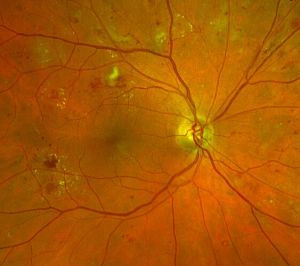
Flashes and floaters occur when the gel-like fluid in the eye shrinks or thickens as part of the aging process. Floaters can appear as small shapes in your field of vision, such as specks, dots, circles, lines, or cobwebs. On the other hand, flashes may appear as flashing lights or lightning streaks in your field of vision. For the most part, flashes and floaters are not an issue. However, annual screenings are important to rule out certain medical conditions.
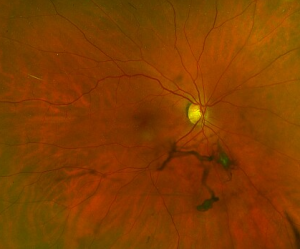
Glaucoma is a condition that damages the optic nerve located in the back of the eye, which is essential for good vision. Primary open-angle glaucoma is the most common type of glaucoma where the eye cannot drain fluid properly. It happens gradually due to pressure buildup, but it is often painless. Closed-angle glaucoma occurs when the iris is too close to the drainage angle and creates a blockage in the eye.
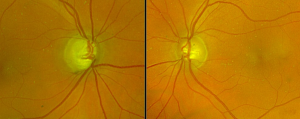
Eye redness is typically caused by irritation or enlarged blood vessels due to allergy, prolonged screen time, sleep deprivation, and environmental irritants. In addition, redness can result from improper contact lens usage, dryness, and eye infections. Even though red eyes are relatively common, you should always discuss any changes or symptoms with our provider.
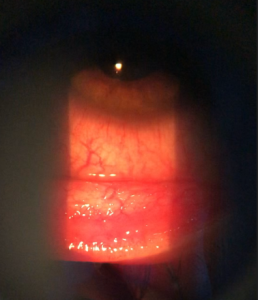
Gritty eyes are often the result of exposure to environmental irritants that influence tear evaporation. For example, patients may experience a “scratchy” feeling and irritation due to smoke or climate changes. You may feel like there is a particle of sand in the eye. In some cases, gritty eyes are associated with an underlying medical condition, such as blepharitis, dry eye, or Sjögren’s syndrome. Gritty eyes may also develop due to sunburned eyes.
Age-related macular degeneration (AMD) is caused by damage to the retina’s center, called the macula. This common eye disorder results in central vision loss. In addition to genetics, there are several risk factors associated with macular degeneration. These include diet, exercise, smoking, and UV light exposure. Symptoms may not be present during the early stages, which is why comprehensive eye examinations are important.

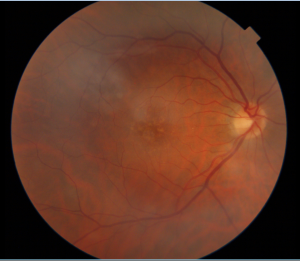
Meibomian gland dysfunction (MGD) affects the small oil glands located along the rims of the eyelids. They produce an essential substance that prevents water evaporation in the tear film. MGD occurs when these glands are not secreting enough oil or secreting poor oil quality. The meibomian glands may also become clogged, causing less oil excretion. As a result, patients may experience burning, dryness, irritation, and itchiness.
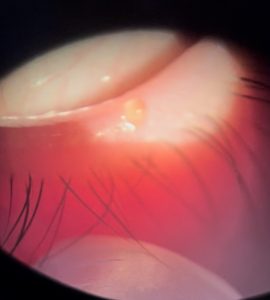
Give Yourself The Gift Of Clear Vision.
Schedule an appointment with your eyecare provider today.
